In the immense Hindu mythology canvas, there is one of the most captivating stories, that of the god warrior Kartikeya, or the story of his legend about a battle with the demon Tarakasur. It is about the conflict of powers as well as the rather delicate balance between good and evil, divine purpose, and a fresh warrior destined to keep the cosmic order.
How Tarakasur Became Giant?
The background story of the demon Tarakasur can be traced back to his strict observance of Lord Brahma. In Hinduism, Brahma is the creator god. Tarakasur, through deep penance and meditation, obtained good grace with Brahma, who rewarded him with a boon. Like other demons, this boon was started with a particular demand: he must be invincible.
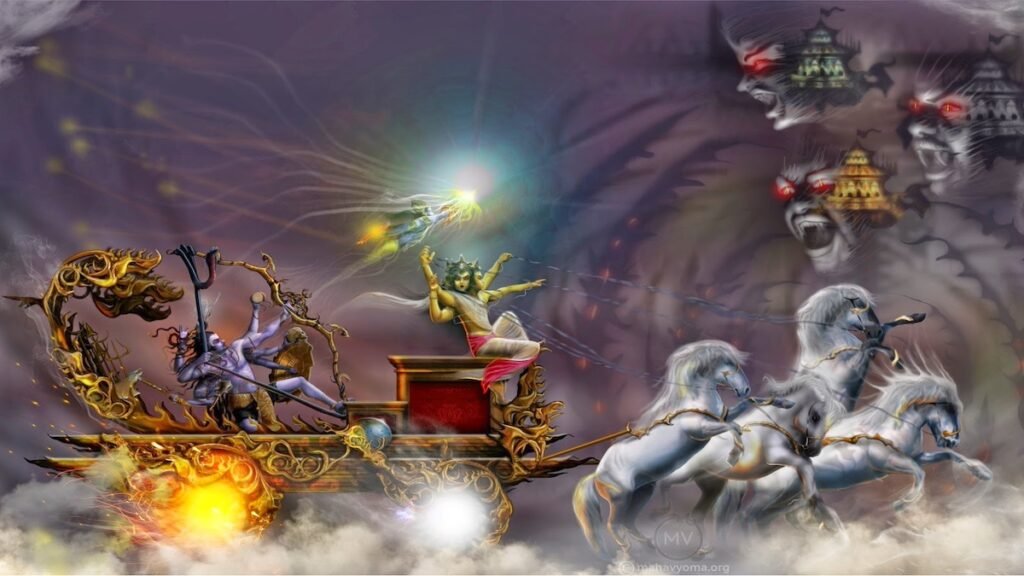
However, according to cosmic rules, Brahma could not give him absolute immortality. Instead, he proposed that only the son of Shiva may kill him; knowing Shiva had renounced worldly life after the demise of his first wife, Sati. Feeling that Shiva would not have any children, the feeling of security heightened in Tarakasur, who began indulging in tyranny. Equipped with this boon, Tarakasur continued to become stronger and boastful. He did not just conquer the world of men but extended his dominion to heaven, even challenging and victoriously vanquishing the gods themselves (devas). The gods proved powerless in front of this turbulent giant, while the power of Tarakasur increased unabated. His tyranny knew no bounds, and cosmic balance was severely threatened.
Birth of Kartikeya
The gods, however, knew this could only be by the hand of Shiva’s son, as no one else could stop Tarakasur’s tyranny. And so the gods decided it was time to bring Shiva out of his deep meditation and asceticism. With that purpose in their heads, they sought help through Parvati, the reincarnation of Sati. Only with intense devotion and persistence were they able to win Shiva’s heart and unite them in the bond of marriage.

More than a love and heavenly reunion, this marriage of Shiva and Parvati was meant to do much greater cosmic work. Their son, Kartikeya would become the warrior who would save the world from Tarakasur. There are many accounts of how Kartikeya came into being, but probably the most common account is that the energies of Shiva and Parvati are somehow combined, where a divine spark was generated which was then nourished by six celestial nymphs known as the Krittikas, thus giving Kartikeya his other name, Skanda or Murugan, and his association with the number six. Kartikeya, since his birth, was blessed with some really special gifts. He grew up really fast, becoming a fierce warrior with the power, consciousness, and courage to counter the dangerous Tarakasur.
Preparatory Stage
When Kartikeya attained his maturity, the gods prepared him for the final confrontation with Tarakasur. He was under the training of the greatest warriors and sages. Both Lord Brahma and Lord Vishnu rewarded him with divine weapons and wisdom. His mount, the peacock, epitomized the agility and speed with which he could undertake a duel. The spear given to him by his mother Parvati was called the Vel and proved to be his most valuable asset in order to conquer Tarakasur.
Kartikeya was offered the position of Senapati (the commander-in-chief) of the godly forces,
which consisted of devas and other divine gods. With Kartikeya as Senapati, the good forces
began to venture their way to the evil Tarakasur.
Kartikeya and Tarakasur: The Battle
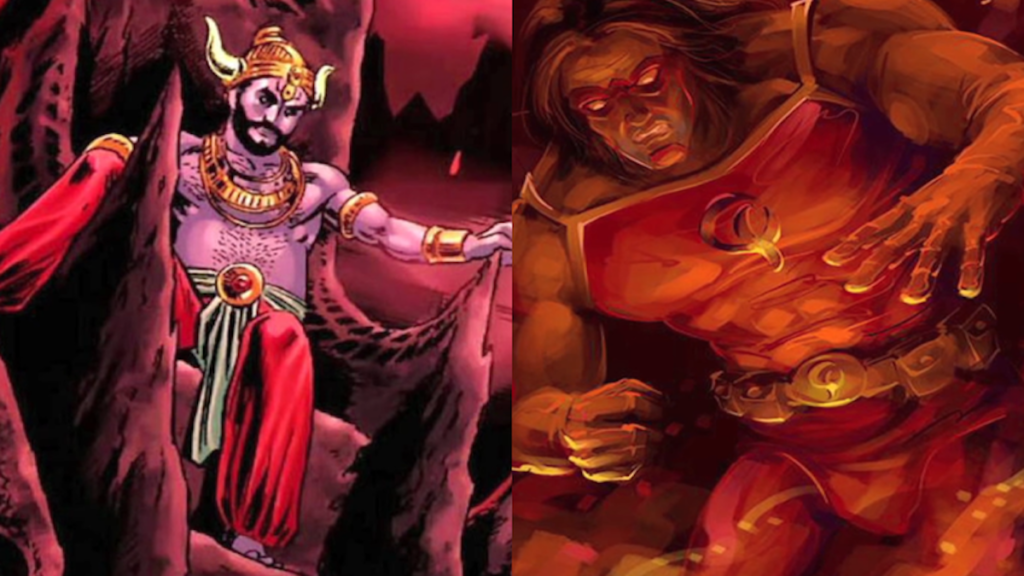
The two armies clashed in a bitter battle. Kartikeya reached Tarakasur’s kingdom. The devas fought courageously, but the army of Tarakasur empowered by the dark powers and his absolutely unbreakable faith in himself as invincible was a force to reckon with. Kartikeya, however, was a man of nonchalance and a serenity of composure. He seemed like a superhuman power on the battlefield, and no one could match his chivalrous skills. With divine weapons in hand, he effortlessly destroyed the demon army en masse, as if removing cobwebs from the road to pave the way to Tarakasur. When Kartikeya finally faced Tarakasur, the latter was amazed at the brilliance of the young warrior. However, believing his boon, Tarakasur still believed no one would be able to kill him, nor, for that matter, a young warrior like Kartikeya. They clashed in an incredible duel. Tarakasur used all his powers, but Kartikeya, given his divine training and blessings, countered every attack.
The fight grew fierce and Kartikeya in a fury invoked the power of his sacred spear, the Vel. With one swift and precise move, he hurled the spear toward Tarakasur, which pierced the chest of the demon and neutralized the boon given by Brahma, so that Tarakasur fell to the ground defeated. Immediately after the slaying of Tarakasur, heaven witnessed great jubilation. The universe’s balance was restored and there were showers of blessings upon Kartikeya due to the bravery he exemplified in his performance. The victory over Tarakasur facilitated the basis on which good would reign supreme over evil. Kartikeya was placed rightfully as the divine protector.
Symbolism and Legacy
The Kartikeya story of victory over Tarakasur is full of symbolism. Tarakasur symbolizes the unbridled ego and arrogance of people and evil forces that lead to cosmic disorder. Kartikeya is symbolism of youthful vigour, valour, and divine purpose. His war against Tarakasur is not only a battle of flesh but a spiritual fight in which the light of goodness triumphs over the darkness within.
The killing of Tarakasur by Kartikeya also carries deep cultural importance, especially in southern India, where Kartikeya, that is to say, Murugan, is worshipped as the main deity. His win is thereby commemorated in several of the festivals, including Skanda Shashti, where his divine interference and the saving of the world are being commemorated.
Conclusion
The story of Kartikeya and Tarakasur remains one of the strongest allegorical stories in Hindu mythology It is a story about divine destiny wherein the young warrior arises to defeat an evil tyrant and restore peace to the cosmos. It reminds one of the efficacy of Kartikeya’s bravery, skills, and unwavering focus that even amidst overwhelming darkness, light and righteousness will ultimately triumph. His legacy is as a protector and commander-in-chief for the gods, urging followers to stand up for such virtues as courage, righteousness, and selflessness in daily life.

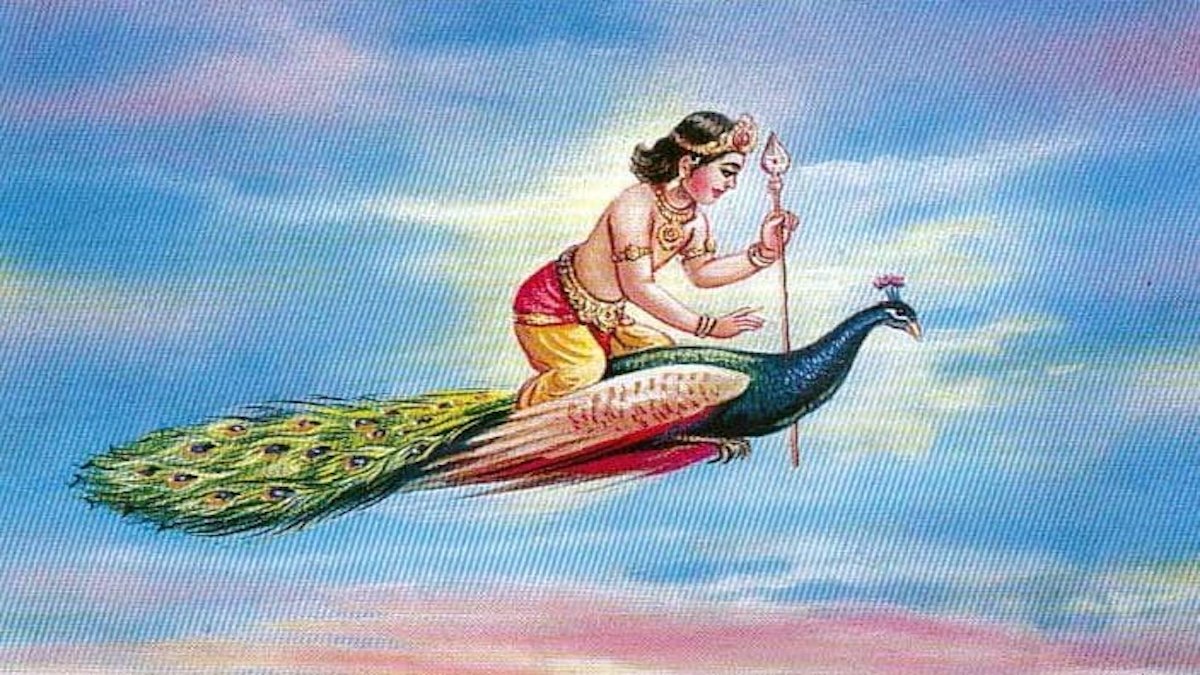





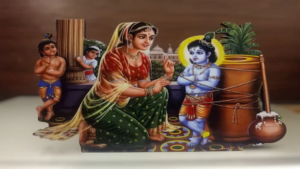





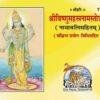





Add comment